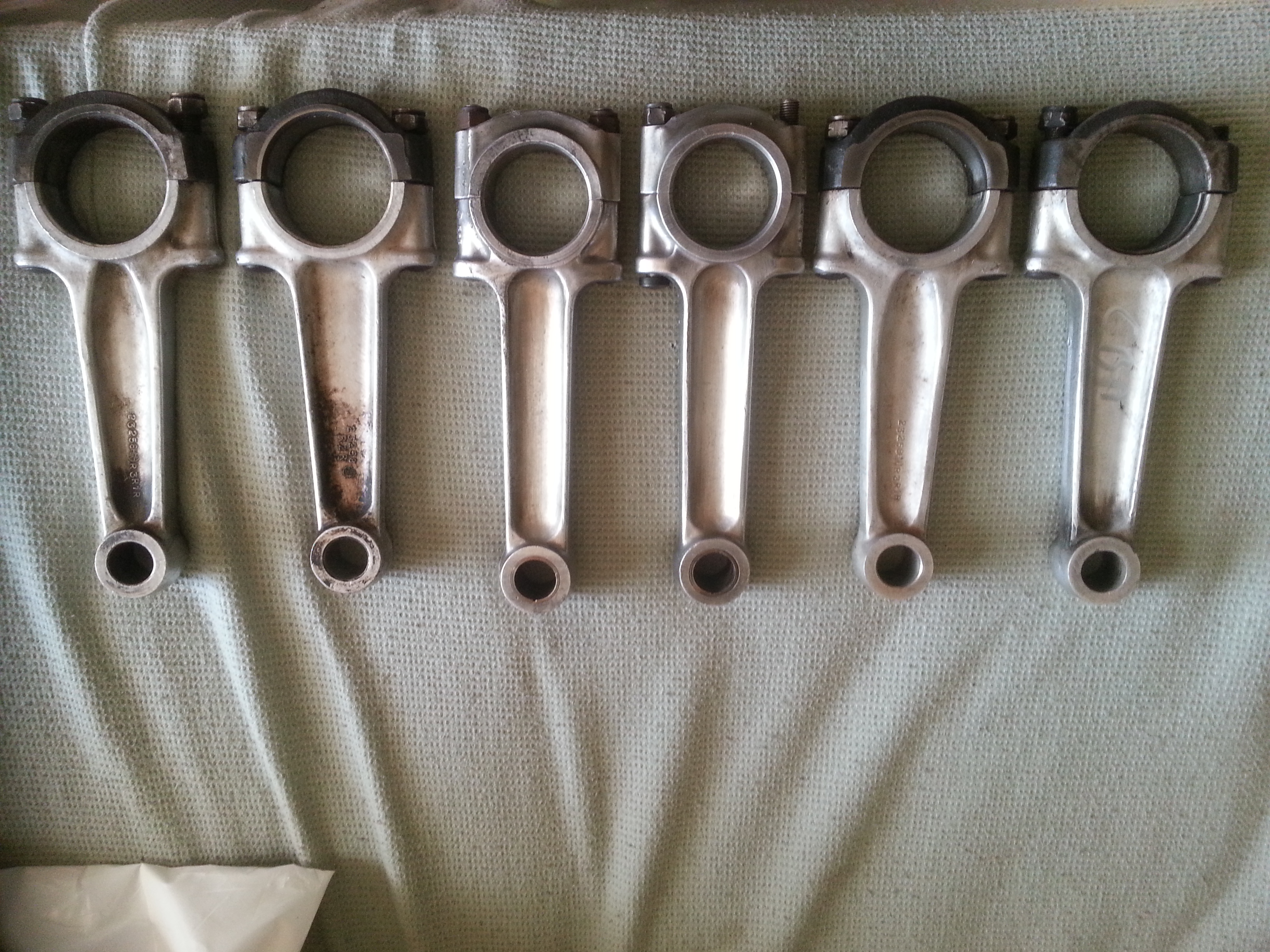baz
VIP MEMBER
- Joined
- May 26, 2010
- Messages
- 8,335
Having seen many blown up atlas engines and crankcases with patches welded up etc etc
I was wondering what the weakness was?
Is it the crank or rods etc
Or is the bottom end the same as a commando?
I'm asking as I have an atlas engine I'm planning to use and the one I have has flat topped pistons so it's basically commando engine spec
I was wondering what the weakness was?
Is it the crank or rods etc
Or is the bottom end the same as a commando?
I'm asking as I have an atlas engine I'm planning to use and the one I have has flat topped pistons so it's basically commando engine spec


